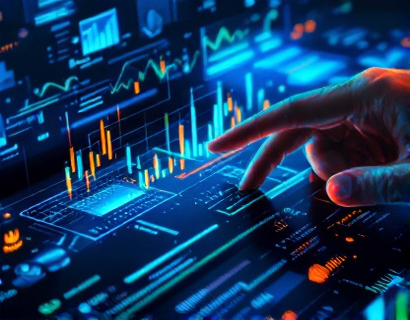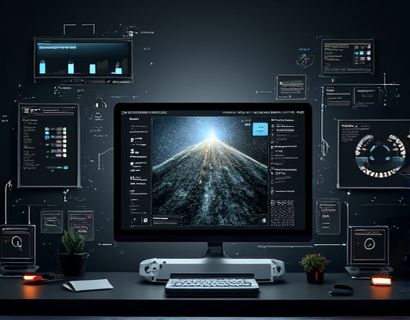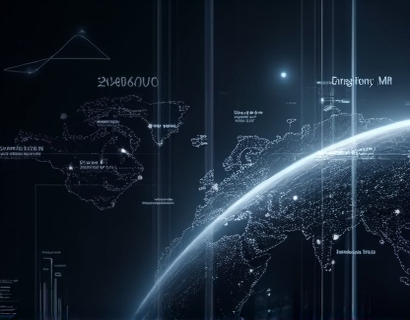Maximizing Aquaponics Business Success with Advanced Management Software
In the rapidly evolving world of sustainable agriculture, aquaponics stands out as a promising method that combines fish farming and hydroponic plant cultivation in a symbiotic environment. For aquaponics businesses, managing the intricate balance between water quality, fish health, and plant nutrition is crucial for success. Advanced management software plays a pivotal role in streamlining operations, boosting productivity, and enhancing sustainability. This article delves into how sophisticated software solutions can transform aquaponics management, providing precise tools for monitoring and controlling systems to ensure optimal conditions for both fish and plants while minimizing environmental impact.
Understanding the Challenges in Aquaponics Management
Aquaponics systems are complex ecosystems where the health of fish and plants is interdependent. Maintaining the right water parameters, such as pH, ammonia, nitrite, and nitrate levels, is essential. Any imbalance can lead to stress or disease in fish, which in turn affects plant growth. Traditional management methods often rely on manual testing and adjustments, which can be time-consuming and prone to human error. Advanced management software addresses these challenges by offering real-time monitoring and automated control, ensuring consistent and optimal conditions.
Key Features of Advanced Management Software
Modern management software for aquaponics is equipped with a suite of features designed to simplify and enhance the farming process. These include:
- Real-time data monitoring: Continuous tracking of water parameters and system performance.
- Automated alerts: Instant notifications for any deviations from set parameters.
- Remote access: Managing the system from anywhere via a smartphone or computer.
- Historical data analysis: Reviewing past data to identify trends and make informed decisions.
- Integration with hardware: Seamless connection with pumps, filters, and other equipment.
These features collectively contribute to a more efficient and reliable operation, allowing aquaponics farmers to focus on growth and expansion rather than daily maintenance tasks.
Optimizing System Performance
One of the primary benefits of advanced management software is its ability to optimize system performance. By continuously monitoring water parameters, the software can adjust equipment settings in real-time to maintain ideal conditions. For instance, if the pH level drops below the optimal range, the system can automatically activate a dosing pump to add the necessary chemicals. This level of precision ensures that both fish and plants thrive, leading to higher yields and better quality produce.
Moreover, the software can simulate different scenarios and predict the outcomes of various adjustments. This predictive capability allows farmers to make proactive decisions, preventing potential issues before they arise. For example, by analyzing historical data, the software can forecast when a filter might need cleaning based on usage patterns and water quality trends, scheduling maintenance during off-peak hours to minimize disruption.
Enhancing Sustainability
Sustainability is a core value in aquaponics, and advanced management software plays a crucial role in achieving this goal. By optimizing resource use and reducing waste, these systems contribute to a more environmentally friendly farming practice. For instance, precise control over feeding schedules and amounts ensures that excess food does not contaminate the water, reducing the need for frequent water changes and minimizing nutrient runoff.
Additionally, the software can help in managing energy consumption by optimizing the operation of pumps and lights based on real-time needs. This not only lowers operational costs but also decreases the carbon footprint of the farm. The ability to generate detailed reports on resource usage and environmental impact provides transparency and accountability, which is increasingly important for consumers and regulatory bodies.
Improving Productivity and Efficiency
Advanced management software significantly boosts productivity by automating routine tasks and providing actionable insights. Farmers can monitor multiple systems simultaneously, reducing the time spent on manual checks and allowing for more focused management. The automation of routine tasks such as dosing, filtering, and cleaning not only saves time but also reduces the risk of human error.
Furthermore, the software's data analytics capabilities enable farmers to make data-driven decisions. By analyzing trends and patterns, farmers can identify areas for improvement, optimize crop rotations, and enhance overall farm efficiency. This level of insight is invaluable for scaling operations and expanding business offerings.
Case Studies and Real-World Applications
Several aquaponics farms have successfully implemented advanced management software, achieving remarkable results. For example, a medium-sized farm in the Midwest integrated a comprehensive management system and saw a 30% increase in fish yield and a 25% reduction in energy consumption within the first year. The real-time monitoring and automated adjustments allowed the farm to maintain optimal conditions consistently, leading to healthier fish and more robust plant growth.
Another case study from a commercial operation in California demonstrated a 40% reduction in water usage and a 20% decrease in operational costs after implementing the software. The farm's ability to remotely monitor and control the system from a central location greatly improved efficiency, allowing the staff to manage multiple sites with ease.
Future Trends and Innovations
The integration of advanced management software in aquaponics is just the beginning. Future innovations are likely to include even more sophisticated features such as:
- Artificial intelligence and machine learning for predictive maintenance and optimization.
- Internet of Things (IoT) devices for enhanced connectivity and data collection.
- Integration with e-commerce platforms for seamless sales and customer management.
- Virtual and augmented reality tools for training and remote assistance.
These advancements will further streamline operations, reduce costs, and enhance the overall sustainability of aquaponics businesses. As technology continues to evolve, the potential for growth and innovation in the industry remains vast.
Conclusion
Advanced management software is a game-changer for aquaponics businesses, offering a comprehensive solution to the challenges of system management. By optimizing operations, enhancing sustainability, and improving productivity, these tools empower farmers to succeed in a competitive market. Embracing this technology is not just a step towards better management but a commitment to a more sustainable future in agriculture.










































